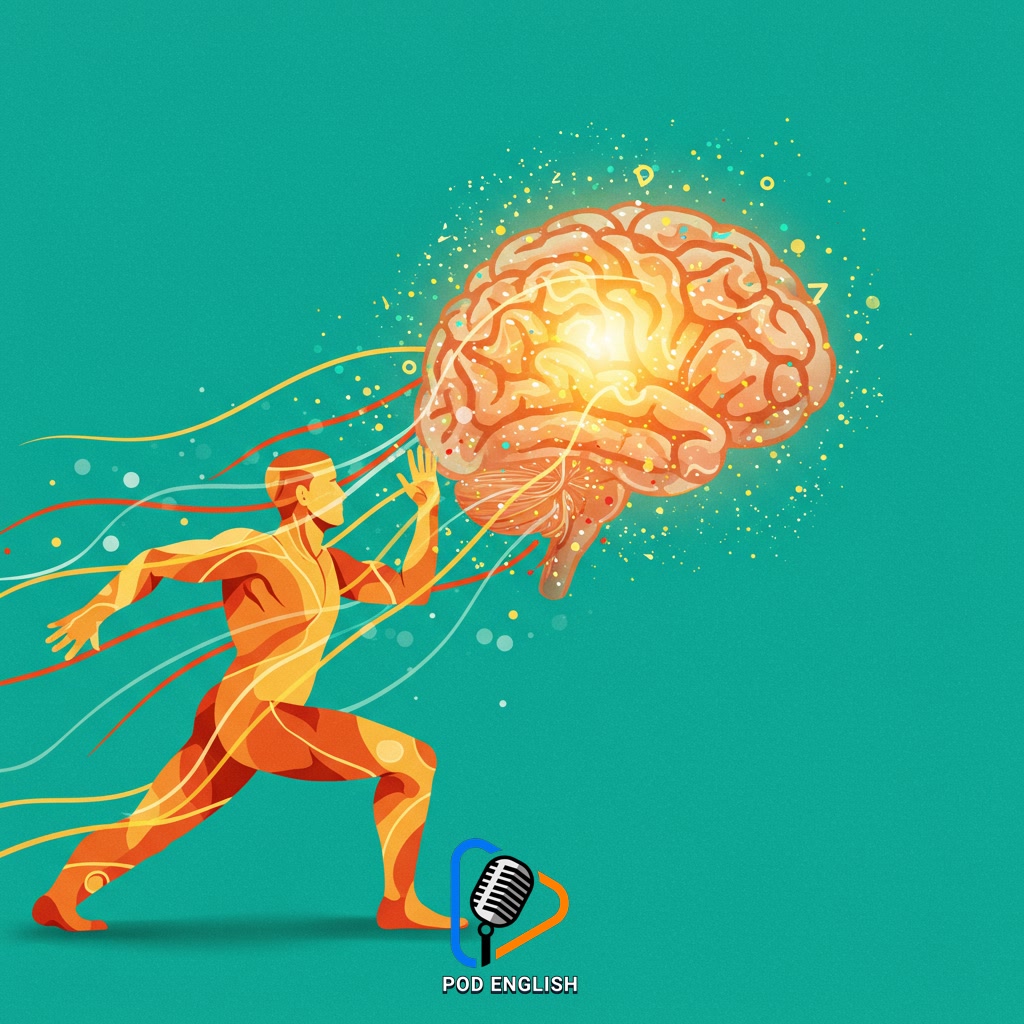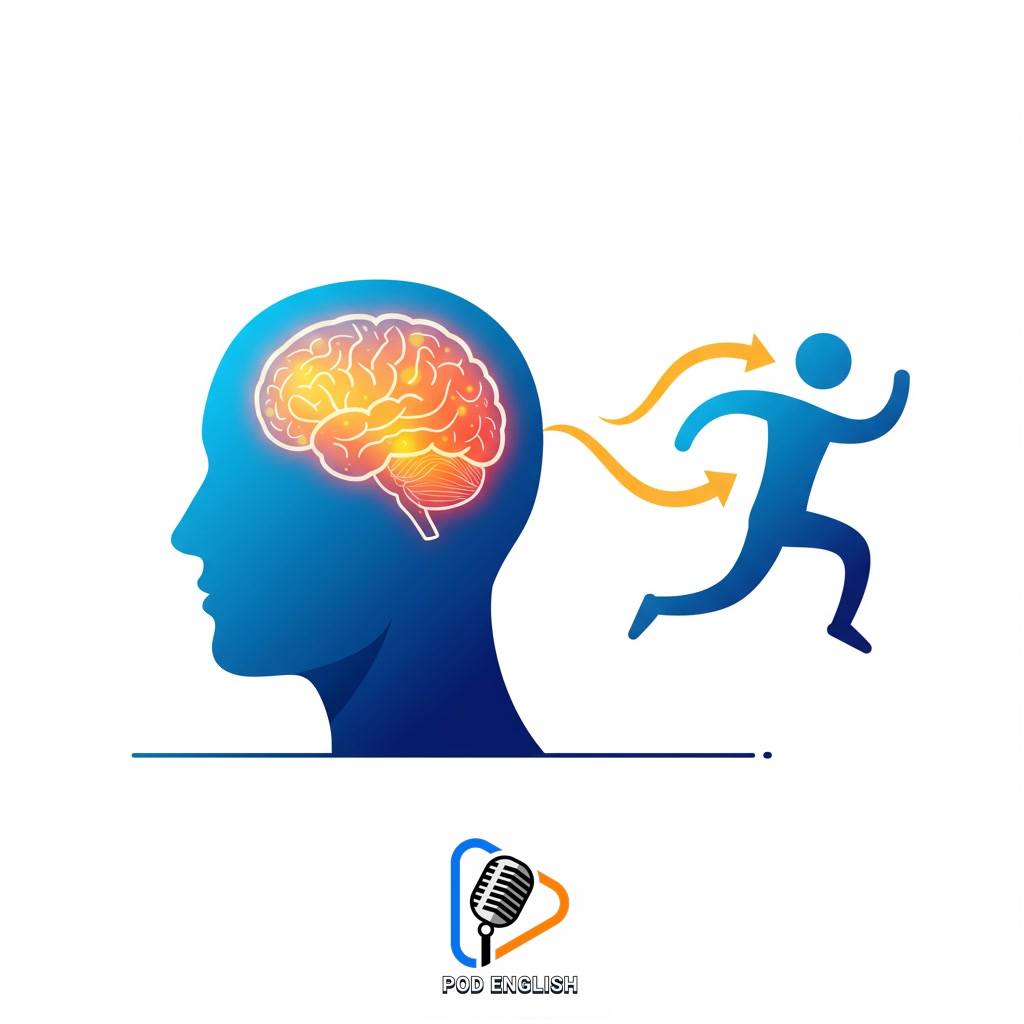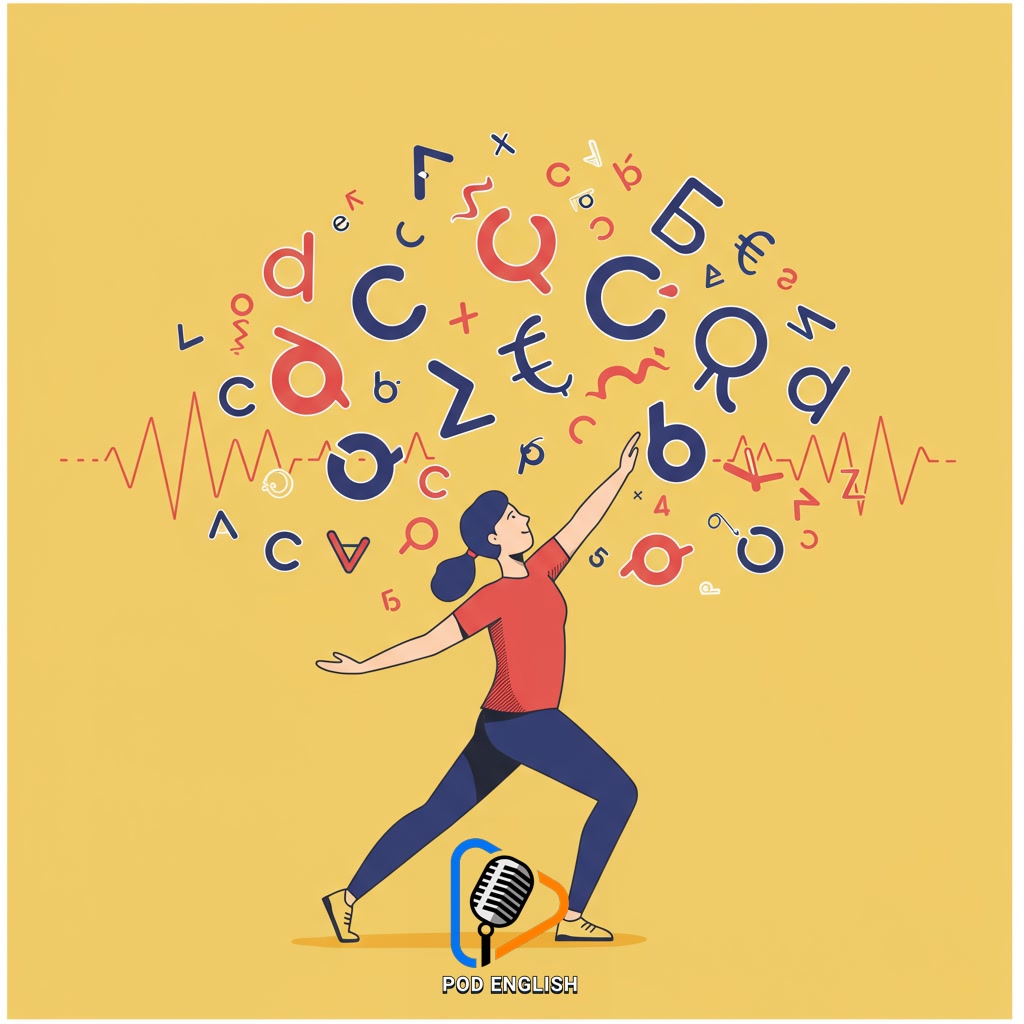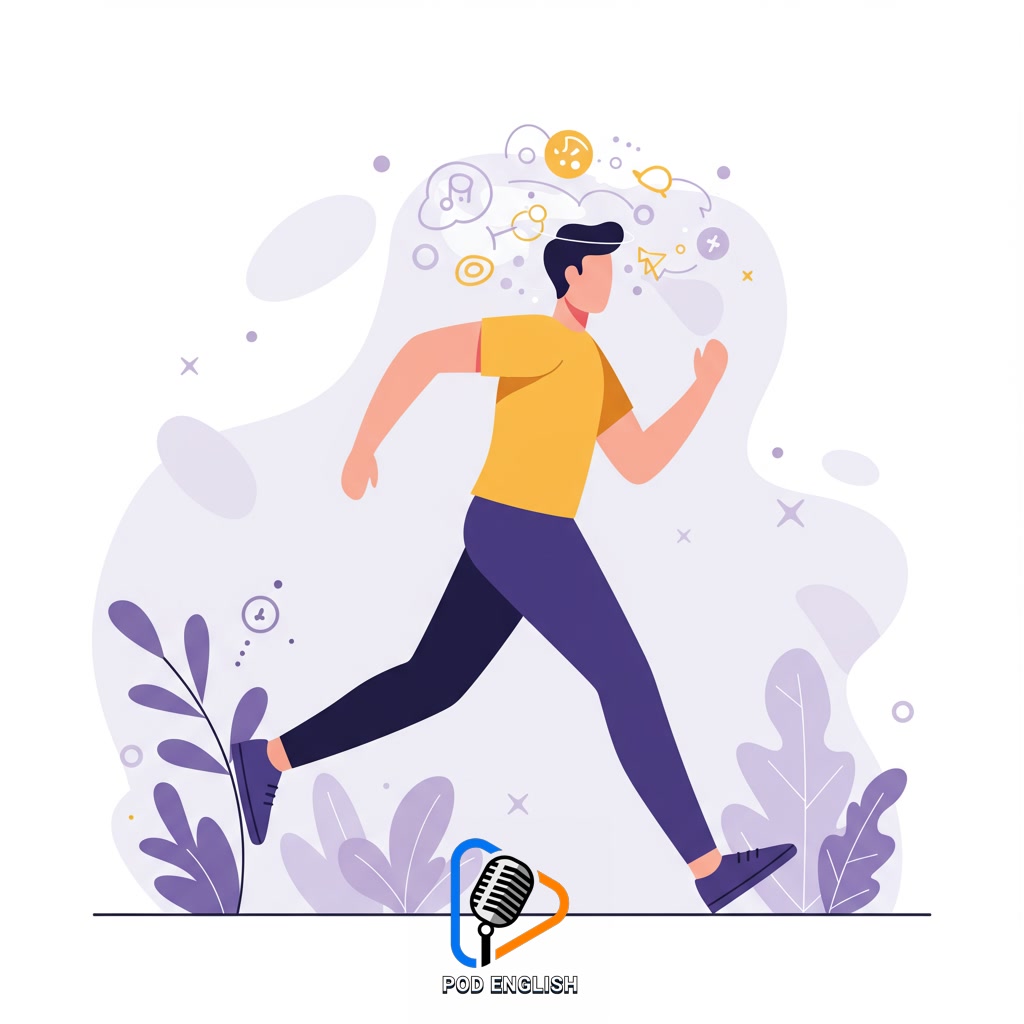Learn English
Move to Learn English Better Boost Your Brain and Mood

This content explores the powerful link between physical movement and enhanced cognitive function, particularly in the context of language acquisition. It demonstrates how incorporating activity can significantly boost brain health and improve mood, creating a more receptive state for absorbing and retaining new information. Discover practical ways to leverage movement to accelerate your progress and improve your command of English.
Table of Contents
- Section 1: Introduction: The Connection Between Movement and Learning
- Section 2: Boosting Brain Power: How Exercise Enhances Cognitive Function
- Section 3: Moving Towards Mastery: Applying Brain Boosts to English Learning
- Section 4: The Mood-Learning Link: How Physical Activity Improves Your State of Mind
- Section 5: Practical Strategies: Incorporating Movement into Your English Study Routine
- Section 6: Conclusion: Making Movement a Key Part of Your English Learning Journey
Section 1: Introduction: The Connection Between Movement and Learning
When we think about learning, we often picture sitting at a desk or reading a book. However, science reveals a powerful, often overlooked connection: physical movement significantly impacts our ability to learn. Engaging in regular activity isn’t just good for your body; it’s fantastic for your brain. Movement increases blood flow, delivers vital oxygen and nutrients, and releases chemicals that enhance focus, memory, and mood. This creates an optimal state for absorbing information. For English learners, this means that incorporating physical activity into your routine can make the process of acquiring new vocabulary, understanding grammar, and improving fluency more effective and enjoyable. Let’s explore how leveraging this connection can boost your English learning journey.

Section 2: Boosting Brain Power: How Exercise Enhances Cognitive Function
Physical movement is a powerful catalyst for brain health and cognitive function. When you exercise, your heart pumps more blood, increasing oxygen supply to the brain. This enhanced circulation nourishes brain cells and stimulates the production of vital proteins like Brain-Derived Neurotrophic Factor (BDNF). BDNF is often called ‘brain fertilizer’ because it supports the growth of new neurons, strengthens neural connections, and improves the communication between brain cells. These changes lead to better memory recall, improved focus and attention span, and faster information processing – all crucial elements for effective language learning.

Section 3: Moving Towards Mastery: Applying Brain Boosts to English Learning
Building on the understanding that movement fuels brain health, let’s apply this to mastering English. When your brain receives more oxygen and nutrients from increased blood flow during exercise, it becomes more receptive to new information. This means you can absorb vocabulary more easily, grasp complex grammar structures with greater clarity, and improve your listening and speaking skills. Regular physical activity enhances memory formation and recall, crucial for language learning. By integrating movement into your learning routine, whether it’s walking while listening to a podcast or doing stretches during a study break, you create an optimal environment for your brain to process and retain English more effectively, accelerating your journey towards fluency.

Section 4: The Mood-Learning Link: How Physical Activity Improves Your State of Mind
Building on the understanding that movement fuels brain health, let’s apply this to mastering English. When your brain receives more oxygen and nutrients from increased blood flow during exercise, it also triggers the release of endorphins. These natural chemicals act as mood boosters, reducing stress and anxiety while promoting feelings of happiness and well-being. A positive state of mind is crucial for effective learning. When you feel good, you are more motivated, focused, and open to absorbing new information. This improved emotional state makes tackling challenging English vocabulary or grammar feel less daunting and significantly enhances your ability to retain what you learn, creating a more receptive environment for language acquisition.

Section 5: Practical Strategies: Incorporating Movement into Your English Study Routine
Building on the understanding that movement fuels brain health, let’s apply this to mastering English. When your brain receives more oxygen and nutrients from increased blood flow during exercise, it is better prepared to learn and retain new information. Incorporating movement doesn’t mean hitting the gym for hours; simple adjustments can make a big difference. Try walking while listening to English podcasts or audiobooks. Use a standing desk or take short, active breaks every 20-30 minutes, like stretching, jumping jacks, or a quick walk around the room. Even acting out vocabulary words or phrases can make learning more dynamic and memorable. These strategies not only boost your focus and energy levels but also make your English study routine more enjoyable and effective.

Section 6: Conclusion: Making Movement a Key Part of Your English Learning Journey
In conclusion, making regular physical movement a deliberate component of your English learning strategy is a powerful way to enhance your cognitive abilities and accelerate your progress. As we have seen, activity directly benefits brain health by increasing blood flow and oxygenation, which in turn improves focus, memory retention, and overall mental clarity – all essential for mastering a new language. By consciously incorporating movement, whether through short exercise breaks, active study methods like walking while listening, or simply stretching before a session, you create an optimal environment for learning. Embrace movement not as a distraction, but as a vital tool that boosts your mood, reduces stress, and makes your English learning journey more effective and enjoyable. Integrate movement, and watch your command of English grow.














